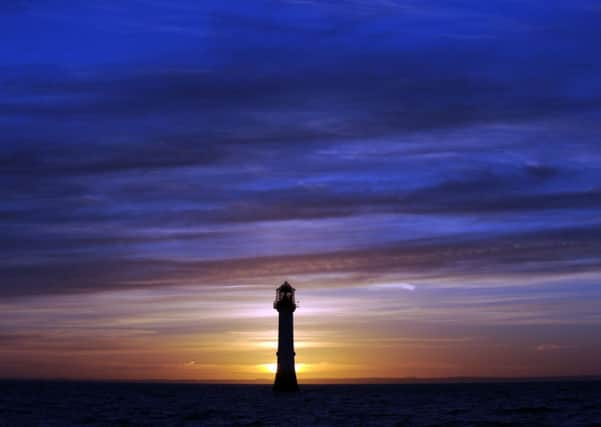Scottish fact of the day: Northern Lighthouse Board


Established in 1786, the NLB was originally tasked with the construction of just four lighthouses: Kinnaird Head, North Ronaldsay, Scalpay and Mull of Kintyre.
It gained a reputation for engineering excellence as lighthouses proliferated around the Scottish coast in the proceeding decades.
Advertisement
Hide AdThis was largely down to Robert Stevenson (1772-1850), a civil engineer who designed a number of the organisation’s lighthouses.
Among his greatest achievements was Bell Rock, a lighthouse built by a reef in Angus. Although John Rennie is listed as the project’s chief architect, Stevenson is given greater credit for the design by the NLB. The lighthouse featured in a
Stevenson’s three sons David, Alan and Thomas also followed their father into the profession, with the family building the majority of the Northern lights, including those at Skerryvore and Muckle Flugga, hailed as engineering masterpieces of the age.
Between 1876 and 2005, the NLB also maintained a number of Scotland’s foghorns. The last - at Skerryvore - was sounded for the final time in October 2005.
Headquarters
The organisation’s headquarters are on George Street, Edinburgh, where the network is remotely monitored.
Marked by a miniature working lighthouse outside the entrance, the building is a grand Georgian affair towards the west end of the street.
Advertisement
Hide AdTechnical operations for the body are carried out from a base in Oban, which houses maintenance workshops and facilities for constructing buoys and beacons.
The NLB’s two lighthouse tenders - NLV Pole Star and NLV Pharos - are also based at Oban, and are used for carrying out maintenance work on lighthouses.
Accountability
Advertisement
Hide AdThe NLB is not a devolved body, owing to provisions in the Scotland Act 1998, and as a result is directly accountable to the UK Secretary of State for Transport (currently Patrick McLoughlin MP).
The UK transport department works closely with the Scottish Government and Isle of Man Government as a result, and the NLB is funded by pooled ‘light dues’, administered by the transport department and distributed to the NLB, Trinity House (in charge of navigation aids around England, Wales, the Channel Islands and Gibraltar) and Commissioners of Irish Lights, which looks after navigation aids around all of Ireland.
Navigational devices
As of 2006, the NLB was operating 212 lighthouses; 154 buoys; 47 beacons; 25 RACON stations (radar beacons used to mark navigational hazards) and four DGPS stations (providing enhanced location accuracy).
Commissioners
Most of the NLB commissioners have been ex officio appointments. The original commissioners in 1786 were Scottish law agents of the crown, Provosts and Lord Provosts of Scottish towns and cities and the Sheriffs of Scotland’s coastal counties.
Local government reform has resulted in changes to the appointments.
The current commissioners are the Lord Advocate and Solicitor General for Scotland; the Lords Provost of Edinburgh, Glasgow and Aberdeen; the conveners of Highland Council and Argyll and Bute Council; the Sheriffs Principal of all the sheriffdoms in Scotland; a Manx representative nominated by the Lieutenant Governor of the Isle of Man and appointed by the Secretary of State, and up to five co-opted commissioners.
Flags
Advertisement
Hide AdThe NLB generally uses two flags: a Blue Ensign with a white lighthouse, and the Commissioners’ flag, a plain White Ensign with a pre-1801 Union flag and blue lighthouse on it.
The latter is flown only from vessels with Commissioners on board while the former is for general use.